The Mini 3 Pro is a true powerhouse with plenty of handy features. The extra functionalities of the Pro model are mostly for filming. For users interested mainly in photography, the basic Mini 3 is a competitive option offered at a lower price
The Mini 3 Pro has been an instant commercial success. The same cannot be said about the cheaper version introduced a few months later, the Mini 3. The new model was a bit too expensive to compete with the Mini 2 as the entry model, and it lacked too many functionalities compared to the Pro version
But DJI has always been very good in marketing and it has just made a couple of moves to make the Mini 3 much more competitive and to reorganize the crucial lightweight segment of its prosumer line
If you prefer to watch this as a video, you will find my YouTube version at the end of this video
DJI Mini 3 vs Mini 2
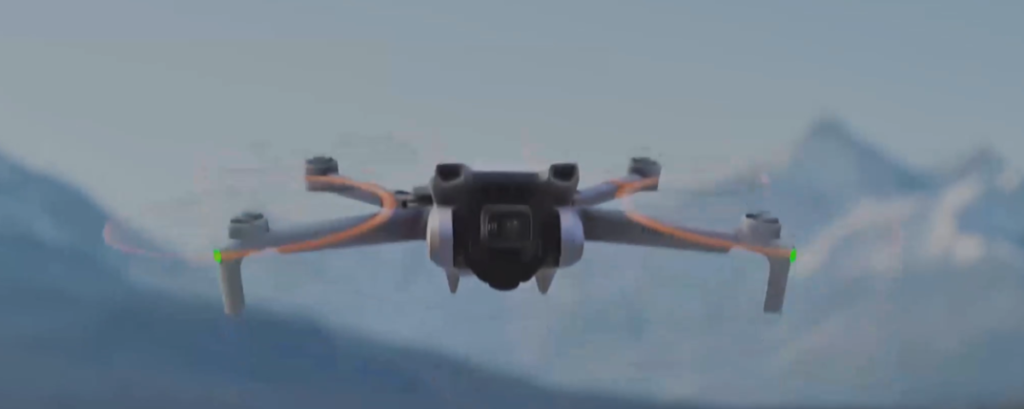
Price
The Mini 3 was released in December 2022, six months after the Mini 3 Pro, at a selling price of about US$560 including the same controller as the Mini 2, the RC N1. The older Mini 2 remained in DJI catalog at US$450. It was released in December 2020, but the design is the same as the DJI Mini, released over three and a half years ago, which is a geological era in terms of drone technology
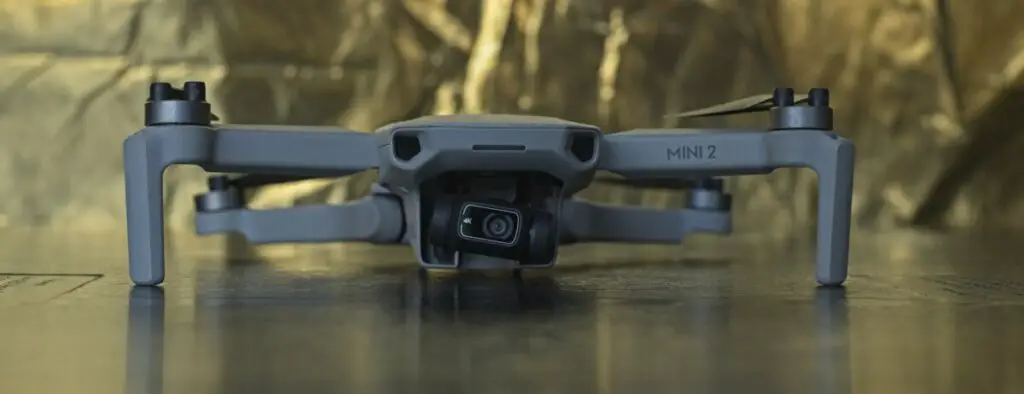
In general, when a new model is released DJI keeps the older one for a few months before abandoning it to replace it with the new one, as was the case for the older Mini and for the Mavic Air after the introduction of the Air 2s
Video Specs and Quality
| Mini 3 | Mini 2 | |
| Sensor size | 1/1.3 | 1/2.3 |
| Field of view | 24 mm | 24 mm |
| Aperture | f 1.7 | f 2.8 |
| Video resolution | 4k at 30 fps | 4k at 30 fps |
| Video bitrate | 100 Mbps | 100 Mbps |
| Color modes | Normal | Normal |
The Mini 3 has a dual ISO system at frame rates of up to 30 fps for better performances in high dynamic range situations
In terms of video quality, the results obtained with the Mini 2 in easy light conditions were surprisingly good when it was released but now this model shows its age: even in easy conditions the footage has less detail compared to the one of the Mini 3, the structure of the sky is also disappointing
The Normal color profile is overly pre-processed and can only stand a very limited amount of color grading. Moving to more difficult situations like footage shot in the direction of the sun the Mini 2 starts to struggle and in low light, this model is practically unusable, as the tiny sensor is not able to gather enough light
At the time it was a big challenge to keep a drone under the crucial threshold of 250 grams and DJI had to seriously compromise by shaving weight in every component
More details about the Mini 2 in my articles
- Mini 2 vs Mini 3 Pro, which one to buy?
- Mini 2 vs Mini 3 Pro video quality
- Mini 2 vs Mini 3 Pro photo quality
The Mini 3 is the result of over two years of research and experience in lightweight drones and the footage quality is certainly in a different league compared to the Mini 2, it does deserve the label of prosumer drone
The bigger sensor and the extremely wide aperture gather enough light for astonishing results in night footage and even the performance when shooting in the direction of the sun is decent
It also has the ability to rotate the camera by 90 degrees for vertical video and photos, a very important selling point for users active on social media platforms
Other advantages of the Mini 3 vs the Mini 2
With photos the results are similar to the ones for footage: the Mini 2 behaves decently in easy light conditions, with slightly less detail and some luminance noise, but things get worse in shots against the sun and fall off a cliff in low light
The fuselage and the area around the gimbal in the Mini 3 have been redesigned in a much more efficient way. It has better aerodynamics, feels more powerful, and doesn’t have the annoying jumps of the camera when coming to a halt after a move, something that happened very frequently with the Mini 2 and other previous DJI models
The noise level is also much lower and this makes the Mini 3 an ideal drone for urban flying. The announced battery life of the Mini 3 is 38 minutes, vs 31 for the Mini 2
The Mini 3 completely outclasses the Mini 2 in all departments and can be considered for semi-professional purposes. A few months ago the new model was $110 more expensive than the Mini 2 and I was still strongly suggesting it to anyone seriously interested in video and photos. The Mini 2 was only interesting for first-time users on a strict budget
But recently DJI has dropped the price of the Mini 3 and the difference compared to the Mini 2 is now just about $20. It is also possible to purchase the Mini 3 without any controller for an even cheaper price, a very interesting option for users who own another DJI model.
Even though the Mini 2 is still in DJI’s catalog I expect the Mini 3 to become the new entry-level of DJI prosumer line
Mini 2 SE
DJI has still listed the Mini 2 SE, a downgraded version of the Mini 2. It has the same specs as the Mini 2, but a lower video resolution of 2.7k at 30fps, and an extremely low bitrate of 40 Mbps. The Mini 2 SE sells for $340 with the RCN1 remote controller, $130 cheaper than the Mini 3.
We don’t know as yet if the Mini 2 SE will be discontinued soon, but it cannot compare to the Min 3 Pro, it has to be considered a cheap entry model for people wetting their feet with drones
DJI Mini 3 vs Mini 3 Pro
Extra Features of the Mini 3 Pro
On the upper side, the Mini 3 did not look particularly competitive against the Mini 3 Pro. At first, the difference in price between the two models was about $200, but the Mini 3 Pro offered a lot more
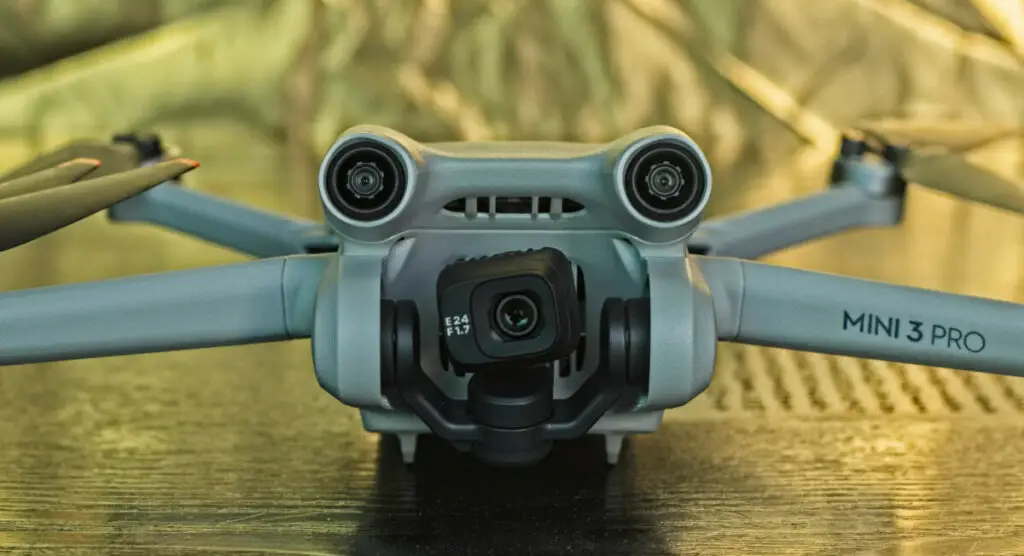
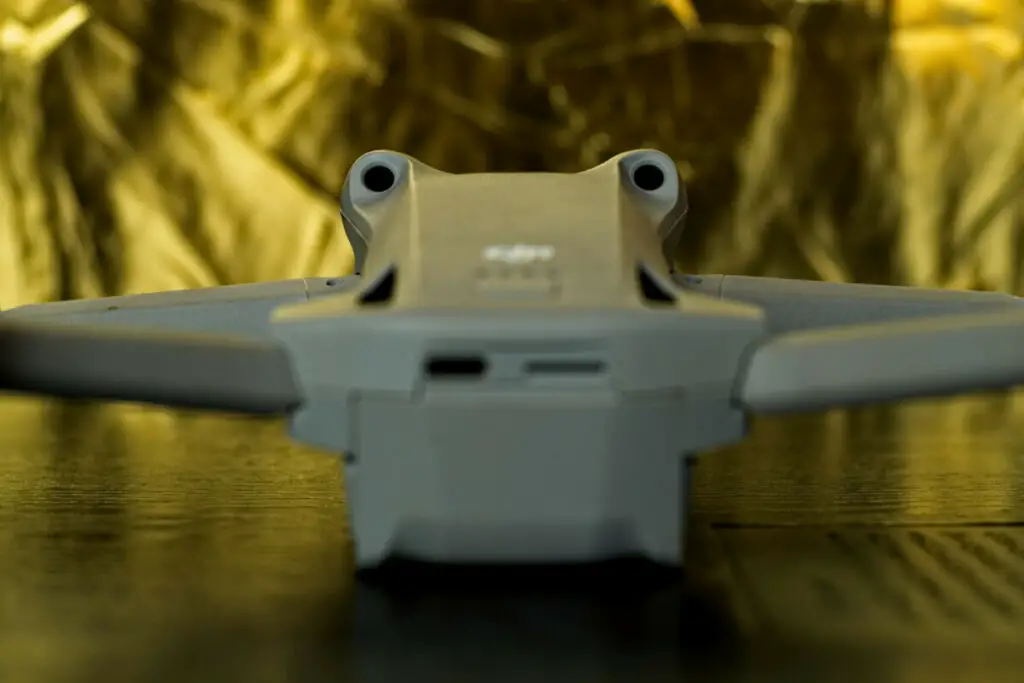
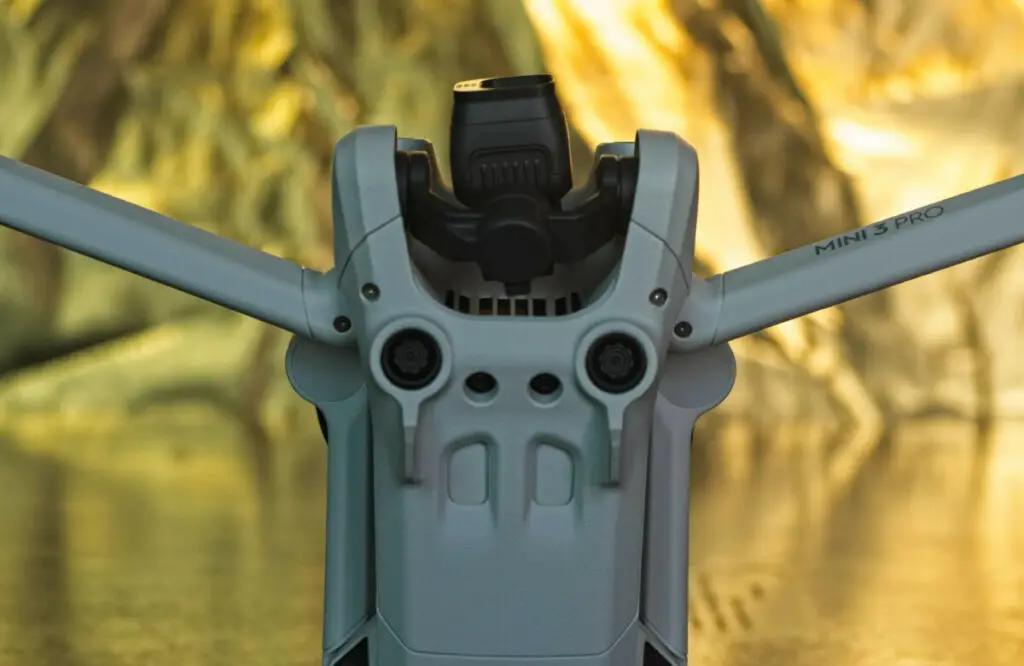
The body of the two models is practically the same, the only major difference is the presence of tridimensional obstacle sensors in the Pro model. This is an extremely important feature. Not only this is a crucial safety device, but it also enables an array of intelligent modes, including the very popular tracking
Here is my in-depth analysis of the obstacle avoidance system in the Mini 3 Pro
The Mini 3 Pro offers three excellent modes grouped under the name Focus Track, Spotlight, Point of Interest, and Active Track, as well as Master Shots, Quickshots, and Hypelapse. These modes are not only for beginners but are also very frequently used by professionals to quickly get smooth, faultless cinematic footage.
The only automated mode offered by the Mini 3 is Quickshots, more details in my article, note that the Asteroid mode is only available in the Mini 3 Pro, not in the Mini 3
More details about the different intelligent modes of the Mini 3 Pro in my specific articles
- Active Track with the Mini 3 Pro
- Spotlight with the Mini 3 Pro
- Point of Interest with the Mini 3 Pro
- Master Shots with the Mini 3 Pro
- Hyperlapse with the Mini 3 Pro
Both models have the same 8-bit Normal color profile, but the Pro model also offers a 10-bit mode, D-Cinelike, which has been constantly improved via firmware updates and performs now quite well in high dynamic range situations and responds better to color grading. More details about Normal and D-Cinelike profiles in this article
The bitrate of the Pro model is a whopping 150Mbps vs 100 for the Mini 3. This results in less compression in the files and better performance in post-production. The image streamed from the camera to the controller in the Mini 3 Pro has a resolution of 1080p vs only 720 for the Mini 3
More detail about the video quality of the Mini 3 and Mini 3 Pro in my article
Photo Resolution of the Mini 3 and Mini 3 Pro
Both models have a photo resolution of 12 MP, but the Bayer Quad sensor can split each pixel into four smaller ones, achieving the so-called 48MP mode. This mode was at first available only on the Pro model
Even though it should not be considered a true 48MP resolution, it has been constantly improved and now it has some real advantages in terms of extra detail and for large prints in easy light conditions. But the tiny resulting pixels cannot gather much light, so this mode is not very useful in high dynamic range situations and low light
Recently DJI has added the 48MP mode to the basic Mini 3 to bridge the gap in the offering of the two models
More details about Photo quality of the Mini 3 and Mini 3 Pro are in m article
Advantages of the Mini 3 over the Mini 3 Pro
There are also a couple of instances where the basic model performs better than the Pro. The only major weak point of the Mini 3 Pro is the signal, despite the more recent OcuSynch 3 transmission system compared to OS 2 in the basic model. More details about the signal transmission of the Mini 3 Pro are in my article
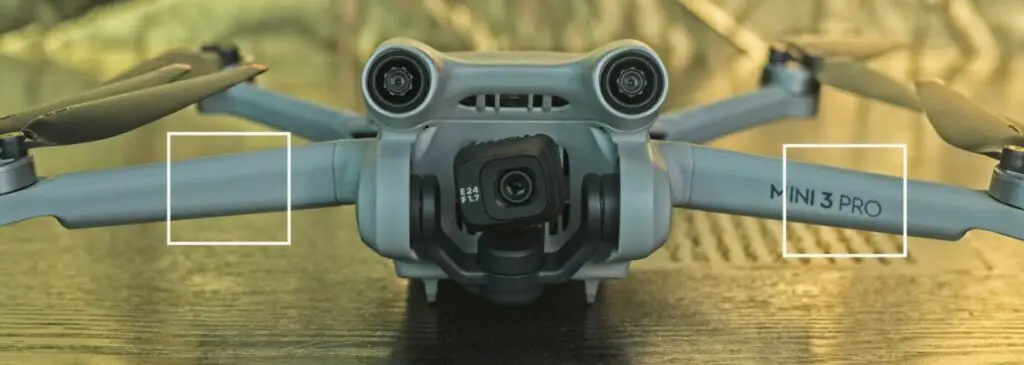
Apparently, the culprit of the disappointing signal is the position of the antennas, housed inside the wings. To solve the issue DJI has added a couple of small feet at the end of the wings of the basic Mini 3. The antennas are now inside the feet and the transmission has indeed improved
The announced battery life of the Mini 3 is 38 minutes vs 34 for the 3 Pro, this is due to energy saved by the lack of obstacle sensors and other features
Which One to Buy?
The segment of lightweight drones below 250 grams is probably the most important one. A few months ago there was some confusion in DJI line with five models from different generations: The Mini 3 Pro, Mini 3, Mini 2, Mini 2 SE, and Mini SE. It was not easy to decide which one to buy
After the recent changes, the lightweight line makes much more sense. The choice is now between the Mini 3 and the Mini 3 Pro. The difference in price is much wider, $470 vs $760 with the RC N1 controller. The remaining question is which one to choose
The more expensive model deserves its label Pro for its excellent features. But the basic Mini 3 with the lowered price and the availability of the 48MP mode is very tempting for users interested mainly in photography but they have to do without the excellent hyperlapse capabilities
